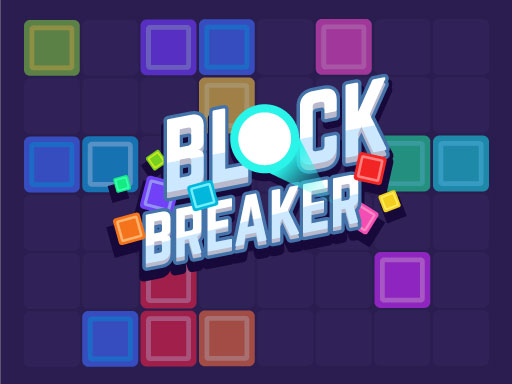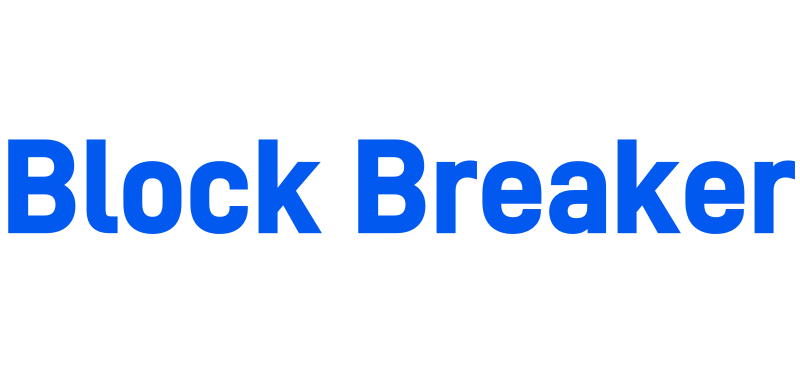HTML code to insert this game on your website
<iframe src="https://blockbreaker.net/game/block-breaker-google.html" width="100%" height="600" scrolling="none" frameborder="0"></iframe>Block Breaker Google: Nostalgia Meets Innovation in Search Engine Gaming
Introduction
In January 2025, Google introduced a nostalgic twist to its search engine with Block Breaker, a modern clone of the classic arcade game Breakout. This interactive feature allows users to type “block breaker” into the search bar and instantly play the game within the results page. By blending retro gameplay with contemporary enhancements, Google taps into a wave of 1980s nostalgia while showcasing its ability to innovate within familiar frameworks .

Gameplay and Features
Block Breaker retains the core mechanics of Breakout: players use a paddle to bounce a ball and destroy rows of bricks. However, Google’s version adds dynamic elements like power-ups (e.g., multi-ball modifiers), explosive bricks, and faster-paced progression. Each cleared row triggers four new rows to descend, maintaining a compact and challenging layout. The game’s simplicity and quick sessions make it ideal for casual play, while its modern twists appeal to both retro enthusiasts and new players .
Historical Roots: From Atari to Google
The original Breakout arcade game, released by Atari in 1976, was co-designed by Steve Wozniak and Steve Jobs, who later founded Apple. This historical connection adds cultural significance to Google’s revival, bridging decades of tech history. By embedding Block Breaker into its search engine, Google not only honors this legacy but also reimagines it for the digital age—transforming a standalone arcade experience into an accessible, browser-based pastime .
Beyond Gaming: Google’s “Block”-Themed Ecosystem
While Block Breaker dominates as a gaming feature, Google’s engagement with “block” concepts extends further:
- Educational Tools: Projects like Blockly (2012) and Project Bloks (2016) demonstrate Google’s commitment to making coding accessible. Blockly, inspired by MIT’s Scratch, uses visual blocks to teach programming logic, while Project Bloks offers tactile coding kits for children. These initiatives align with Google’s broader goal to foster computational thinking from a young age .
- App Ecosystem: The Google Play Store hosts third-party titles like Block Breaker Miner (2021), a simulation game where players build mining towns. Though not developed by Google, its popularity (ranked #37 with 50,000+ downloads) reflects the enduring appeal of “block”-themed content on Google’s platforms .
Conclusion
Block Breaker Google exemplifies how the tech giant merges nostalgia with innovation. By reviving a classic game and integrating it seamlessly into its search engine, Google creates instant engagement. Simultaneously, its educational projects and app ecosystem highlight a multifaceted approach to “block”-driven experiences—whether through gaming, coding, or simulation. As Google continues to evolve, Block Breaker stands as a testament to its ability to honor the past while pioneering the future.

Comments (0)